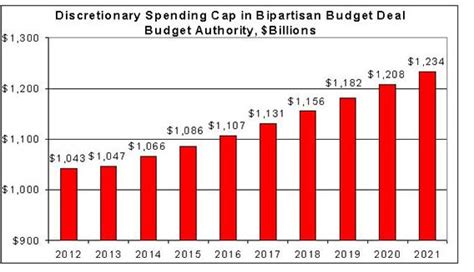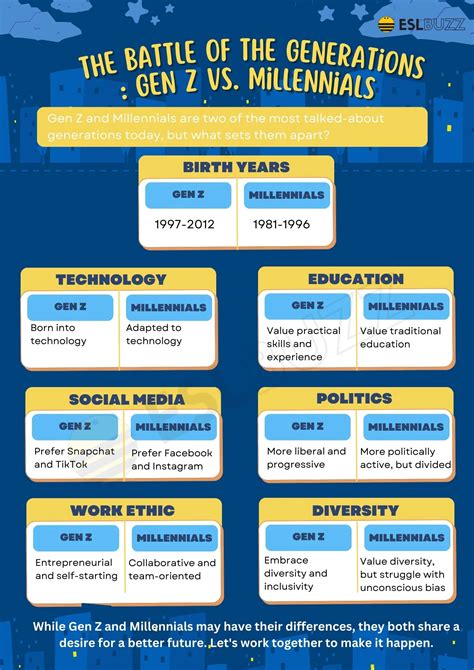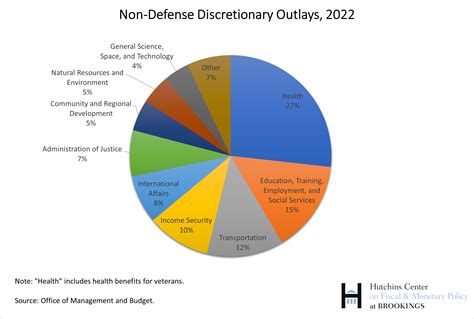Unpacking the Discretionary Dollar: Men Aged 25-45
Understanding consumer behavior is crucial for businesses and individuals alike, especially when it comes to identifying where money truly goes after essential bills are paid. For men aged 25-45, a demographic often characterized by career progression, active social lives, and evolving personal interests, discretionary spending patterns can be quite revealing. When we strip away the non-negotiables like housing and transportation – often the two largest budgetary components – a clearer picture emerges of where disposable income is most frequently allocated.

Defining Discretionary Spending
Before diving into specific categories, it’s important to clarify what “discretionary spending” entails. Unlike fixed expenses such as rent/mortgage, utility bills, or car payments, discretionary spending refers to money spent on non-essential items and services. This includes everything from entertainment and dining out to hobbies, personal care, and fashion. It’s the portion of income that consumers have the freedom to choose how to spend, reflecting their lifestyle choices, values, and immediate desires.
The Top Contenders for Disposable Income
With housing and transport off the table, several categories typically vie for the largest share of discretionary spending for this demographic. Common assumptions might point to technology gadgets, fashion and apparel, or even subscriptions to various services. However, a deeper look often reveals that certain experiential and social spending categories tend to dominate. Consider the rise of the experience economy and the enduring human need for social connection.

For men aged 25-45, who are often in a life stage where social networks are vibrant and disposable income might be increasing, the allure of activities outside the home is strong. This includes everything from going out for meals and drinks, attending concerts or sporting events, to pursuing specific hobbies that require ongoing investment.
The Leading Category: Dining Out and Socializing
While precise figures can vary based on geography, income levels, and individual lifestyle choices, comprehensive financial analyses and consumer surveys frequently point to Dining Out and Socializing as the single largest discretionary spending category for men aged 25-45, once housing and transport are excluded. This broad category encompasses a range of activities:
- Restaurant Meals and Takeaways: From casual lunches to fine dining, and the convenience of food delivery services.
- Bars and Coffee Shops: Regular expenditures on alcoholic beverages and gourmet coffee.
- Social Events: Tickets to concerts, sports games, movies, and other entertainment venues that often involve accompanying food or drink purchases.
- Experiences with Friends/Partners: Activities that form part of a social outing, where food and drink play a central role.

The reasons behind this dominance are multifaceted. Beyond simple sustenance, dining out and socializing fulfill psychological needs for connection, status, and convenience. It’s an accessible form of entertainment, a common way to celebrate, and a practical solution for busy professionals who may not have the time or inclination to cook every meal. The cumulative cost of frequent small purchases in this category often dwarfs single, larger purchases in other areas, making it the top contender.
Nuances and Other Significant Categories
While dining out and socializing often takes the top spot, other categories certainly hold significant weight. Technology (new gadgets, gaming), personal care (grooming products, gym memberships), clothing, and hobbies (e.g., gaming, travel, specific sports equipment) are also substantial. However, these tend to be more cyclical or singular in nature compared to the consistent, weekly, or even daily outlays on food and social engagements.

The precise ranking can also shift based on individual priorities. A man deeply invested in a particular hobby might spend more on equipment and related activities than on dining out, but on average across the demographic, the social and food-related expenditures tend to accumulate faster and higher.
Conclusion: Awareness is Key
For men aged 25-45, once housing and transportation are accounted for, Dining Out and Socializing typically represents the largest monthly discretionary spending category. This reflects a lifestyle that values convenience, social connection, and experiential consumption. Understanding where these significant portions of income are spent can empower individuals to make more informed financial decisions, whether they aim to optimize their budget, save for larger goals, or simply gain better control over their personal finances.





